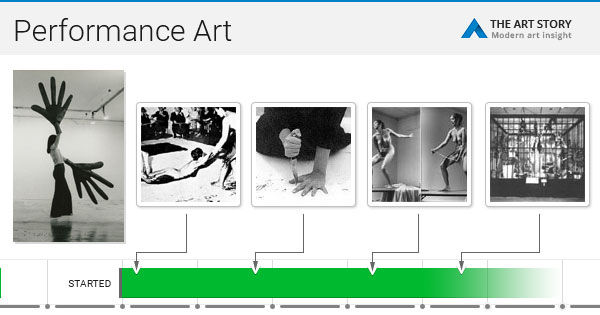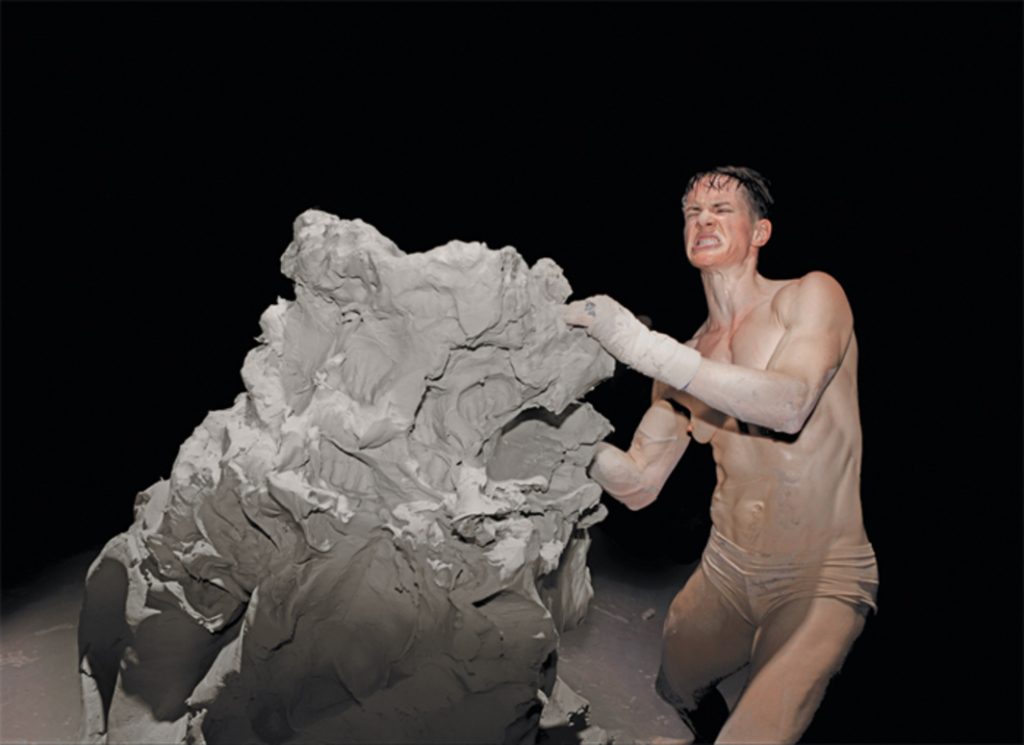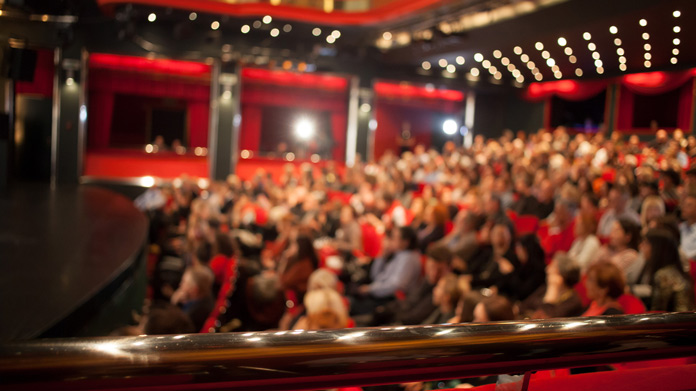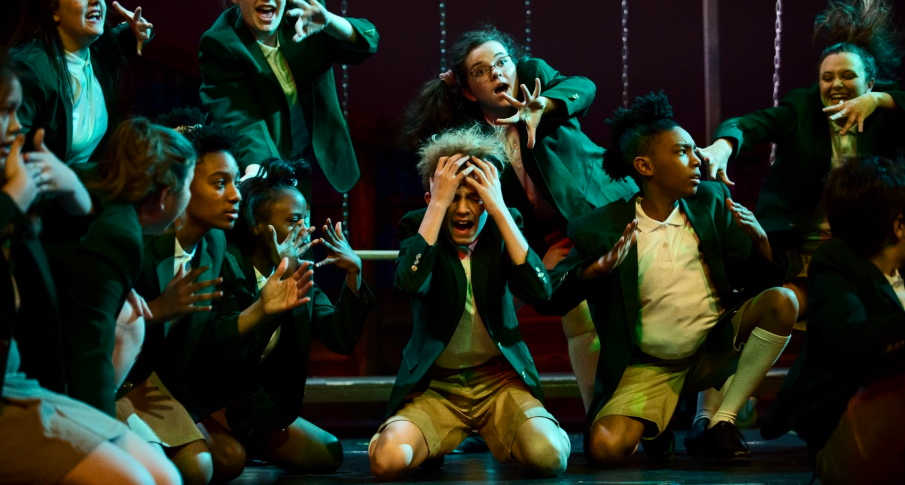When it comes to the world of art, there are countless forms and mediums to explore. From traditional sculpture to performance art, each offers its own unique expression and experience. But have you ever wondered how performance art differs from traditional sculpture? In this article, we’ll dive into the fascinating world of these two art forms and explore the key characteristics that set them apart.
Performance art is a dynamic and interactive form of artistic expression that engages both the artist and the audience. Unlike traditional sculpture, which is often static and meant to be observed from a distance, performance art is all about live action and the element of time. It involves the artist using their body, movement, and sometimes even props or objects to convey a message or evoke emotions. It can be spontaneous or meticulously choreographed, but either way, it is a momentary experience that leaves a lasting impact. On the other hand, traditional sculpture focuses on creating three-dimensional objects that can be observed and appreciated in a physical space. It is often made from materials like stone, clay, or metal and is intended to be viewed from various angles to fully appreciate its form and texture. While sculpture can convey meaning and emotions, it does so in a more permanent and tangible way compared to the fleeting nature of performance art. So, let’s delve deeper into the world of performance art and traditional sculpture to understand the nuances that make them distinct.

How Is Performance Art Different From Traditional Sculpture?
Performance art and traditional sculpture are two distinct forms of artistic expression, each with its own unique characteristics and methods of creation. While both forms involve the manipulation of materials to create works of art, they differ significantly in terms of their purpose, process, and the experience they offer to the audience.
Performance Art: A Transient and Time-Based Medium
Performance art is a dynamic and ephemeral medium that emphasizes the element of time. It involves live performances by artists, often incorporating their bodies, movement, sound, and other sensory elements. Unlike traditional sculpture, which produces tangible objects, performance art focuses on the creation of experiences and interactions in real-time.
One of the key distinctions of performance art is its emphasis on the presence and physicality of the artist. Performers use their bodies as the primary medium, employing gestures, actions, and movements to convey their artistic intentions. This aspect of performance art allows for a direct and immediate connection between the artist and the audience, blurring the boundaries between creator and viewer.
The Process of Performance Art
The process of creating performance art involves careful planning and choreography, as well as spontaneous and improvisational elements. Artists often develop concepts and themes that drive their performances, exploring personal, social, or political issues. They may draw inspiration from various sources, such as literature, history, or personal experiences.
Performance art can take place in a variety of settings, including galleries, theaters, public spaces, and even online platforms. The performances may range from short and intimate encounters to large-scale productions that involve multiple performers and complex staging. The flexibility of performance art allows artists to experiment with different mediums, techniques, and concepts, pushing the boundaries of what is considered traditional art.
The Role of the Audience
In performance art, the audience plays an integral role in shaping the experience. They are not passive spectators but active participants, engaging with the performance and responding to the artist’s cues. The audience’s presence and reactions become part of the artwork itself, creating a dynamic and interactive exchange between the artist and the viewers.
Performance art often challenges traditional notions of art and pushes the boundaries of what is considered acceptable or appropriate. It can provoke strong emotional responses, challenge societal norms, and raise questions about the nature of art and its relationship to the world. The impact of a performance art piece relies heavily on the immediacy and directness of the live experience, making it a powerful and transformative medium.
Traditional Sculpture: A Tangible and Static Form
Traditional sculpture, on the other hand, is a tangible and static form of art that involves the creation of three-dimensional objects. Sculptors use various materials, such as stone, metal, wood, or clay, to shape and manipulate forms, textures, and volumes. Unlike performance art, traditional sculpture focuses on the creation of enduring and visually striking objects that can be appreciated over time.
The Process of Traditional Sculpture
The process of traditional sculpture typically involves a combination of technical skill, craftsmanship, and artistic vision. Sculptors start with a concept or an idea and then translate it into physical form through a series of meticulous steps. They may use tools such as chisels, hammers, or clay modeling tools to shape and refine their materials, working with precision and attention to detail.
Traditional sculpture often requires time, patience, and a deep understanding of materials and techniques. It allows artists to explore the qualities of different materials, creating works that range from delicate and intricate to bold and monumental. The final sculpture stands as a testament to the artist’s skill and creativity, offering a lasting visual experience to viewers.
The Role of the Audience
Unlike performance art, traditional sculpture offers a more passive experience for the audience. Viewers can observe the sculpture from various angles, appreciating its form, texture, and composition. They are not required to actively engage with the artwork or participate in its creation, but rather appreciate it as an object of aesthetic value.
Traditional sculpture often conveys a sense of permanence and timelessness. It can be displayed in various settings, such as museums, galleries, parks, or public spaces, allowing viewers to encounter it in different contexts. The physical presence of the sculpture invites contemplation and reflection, offering a visual and tactile experience that can be appreciated over an extended period.
In conclusion, performance art and traditional sculpture offer distinct approaches to artistic expression. While performance art focuses on live experiences, emphasizing the presence of the artist and the immediate connection with the audience, traditional sculpture creates enduring objects that can be appreciated visually and tactilely. Both forms contribute to the rich tapestry of the art world, showcasing the diversity and creativity of human expression.
Key Takeaways: How Is Performance Art Different From Traditional Sculpture?
- Performance art involves live actions and interactions, while traditional sculpture is a static form of art.
- Performance art emphasizes the process and the experience, while traditional sculpture focuses on the final product.
- Performance art often incorporates elements of time, space, and the human body, while traditional sculpture is typically made from materials like stone or metal.
- Performance art challenges the boundaries of traditional art forms, whereas traditional sculpture adheres to established artistic techniques and conventions.
- Performance art is ephemeral and temporary, while traditional sculpture is enduring and tangible.
Frequently Asked Questions:
Performance art and traditional sculpture are two distinct art forms that differ in their mediums, techniques, and purposes. While traditional sculpture involves creating physical objects from materials like clay, stone, or metal, performance art is a live, time-based art form that utilizes the body as a medium of expression. Here are five questions that delve deeper into the differences between performance art and traditional sculpture:
1. What is the main difference between performance art and traditional sculpture?
Performance art is primarily concerned with the presence and actions of the artist in real-time, while traditional sculpture focuses on creating tangible objects that can be viewed and experienced independently of the artist. Performance art often involves movement, gestures, sound, and audience interaction, whereas traditional sculpture is static and meant to be observed from various angles.
In performance art, the artist’s body becomes the artwork itself, blurring the lines between the creator and the creation. On the other hand, traditional sculpture emphasizes the physicality of the materials used and the craftsmanship involved in shaping them into a specific form.
2. How does the medium differ between performance art and traditional sculpture?
The medium of performance art is time, space, and the artist’s body, whereas traditional sculpture relies on materials such as stone, clay, wood, or metal. Performance artists use their bodies as a canvas for expression, employing movement, voice, and sometimes even props or costumes. In contrast, traditional sculptors manipulate physical materials to create three-dimensional objects.
Performance art is often ephemeral and leaves no tangible object behind, while traditional sculpture generates a lasting artifact that can be displayed and appreciated in a physical space. The medium of performance art allows for spontaneity and immediacy, whereas traditional sculpture requires careful planning and execution.
3. How do the techniques used in performance art and traditional sculpture differ?
Performance art relies on the artist’s physicality and the ability to communicate emotions and ideas through actions and gestures. Techniques used in performance art may include dance, theater, storytelling, or improvisation. The artist’s body becomes a tool for conveying messages and engaging with the audience.
In traditional sculpture, techniques involve shaping, carving, molding, or assembling materials to create a specific form or figure. Sculptors may use various tools and techniques specific to their chosen medium, such as chisels, welding, or modeling clay. The focus is on craftsmanship and the mastery of material manipulation.
4. What are the different purposes of performance art and traditional sculpture?
Performance art often aims to challenge societal norms, provoke thought, or explore personal and political issues. It can be a form of self-expression, a means of conveying emotions, or a way to engage with the audience in a direct and interactive manner. Performance artists often use their bodies as a tool for social commentary or to highlight specific themes.
Traditional sculpture, on the other hand, can serve various purposes, including aesthetic enjoyment, commemoration, religious or cultural expression, or storytelling. Sculptures can be displayed in public spaces, museums, or galleries, allowing viewers to engage with the artwork at their own pace and interpret its meaning.
5. How does the viewer’s experience differ between performance art and traditional sculpture?
When experiencing performance art, the viewer becomes an active participant in the artwork, as the live presence of the artist and the interaction with the audience play a significant role. The experience is often immersive and transitory, as it unfolds in real-time and disappears once the performance concludes.
In contrast, the viewer’s experience of traditional sculpture is more contemplative and static. They can observe the artwork from different angles, appreciate the craftsmanship, and interpret its meaning based on their own perspective. Traditional sculpture allows for a more prolonged and individualized engagement, as viewers can revisit the artwork and explore its details over time.

An Introduction to Performance Art | TateShots
Final Thoughts
So there you have it, the fascinating world of performance art and traditional sculpture. As we explored these two art forms, it’s clear that they have distinct differences that set them apart. Performance art is all about the live experience, where the artist’s body becomes the medium of expression. It challenges the boundaries of what art can be and blurs the line between the artist and the artwork. On the other hand, traditional sculpture focuses on creating physical objects that can be appreciated in a static form, often made from materials like stone, clay, or metal.
While performance art thrives on the ephemerality and the unpredictable nature of live performances, traditional sculpture offers a lasting and tangible representation of the artist’s vision. Both art forms have their unique merits and require different skill sets and approaches. However, they share a common goal of evoking emotions and provoking thought in their audiences.
In the end, whether you lean towards the dynamic and immersive nature of performance art or the enduring beauty of traditional sculpture, both have the power to captivate, inspire, and ignite our imagination. So, next time you encounter a performance or a sculpture, take a moment to appreciate the creativity and dedication that goes into bringing these art forms to life. They remind us of the vast possibilities that art offers and the profound impact it can have on our lives.




